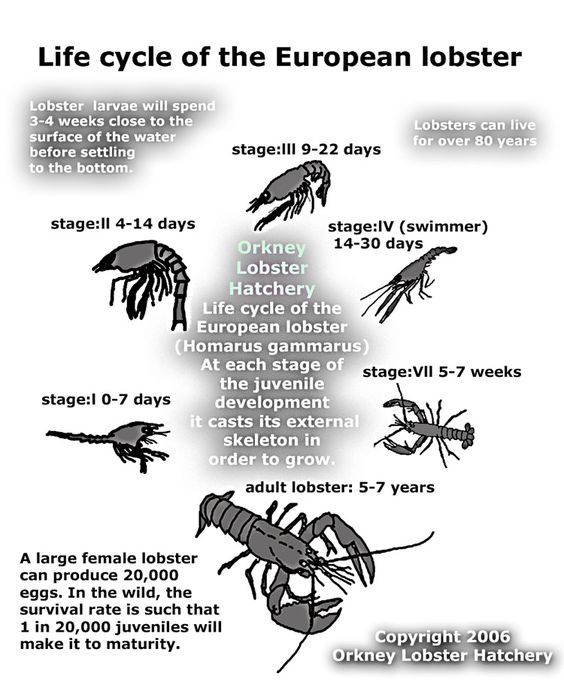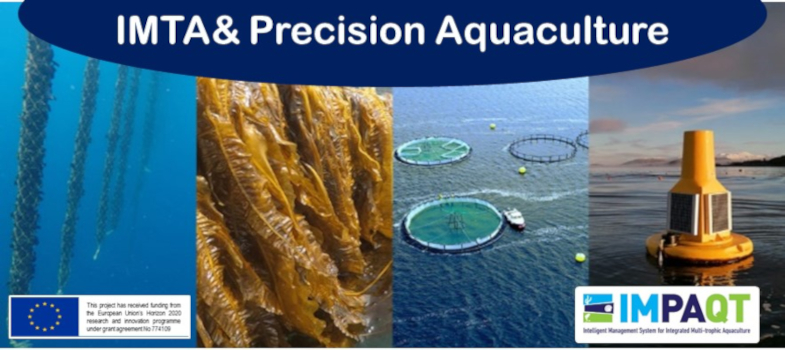Lobsters
Lobsters
The European lobster (Homarus gammarus) is an ecologically and economically important species, It is a crustacean and can be found all along western Europe, and in the Mediterranean sea. Catches of the lobster are small by volume, but increasing, and since this is a high value species it is important to local and regional economies. Stocks are relatively small and scarce, and often under fishing pressures, so stock enhancement would be a desirable objective. Growing juveniles in aquaculture facilities is generally several orders of magnitude more successful than in the wild, allowing increased recruitment above natural levels.

The key to successful integration with IMTA is that the lobsters are reared where there is enough natural food on and in their container for the animal to thrive without the need for intervention, so they are feeding on detritus from the pen or indirectly on the natural ecosystem created by the aquaculture installation. They are releases for restocking once they are large enough and hardy enough to thrive. Here is the outline lifecycle of a lobster, and the lobsters are released when they are young adults.

Here is a presentation describing the processes and the potential.
https://www.open.edu/openlearncreate/pluginfile.php/589831/mod_page/content/16/Lobsteriii.mp4Video player: Lobsteriii.mp4